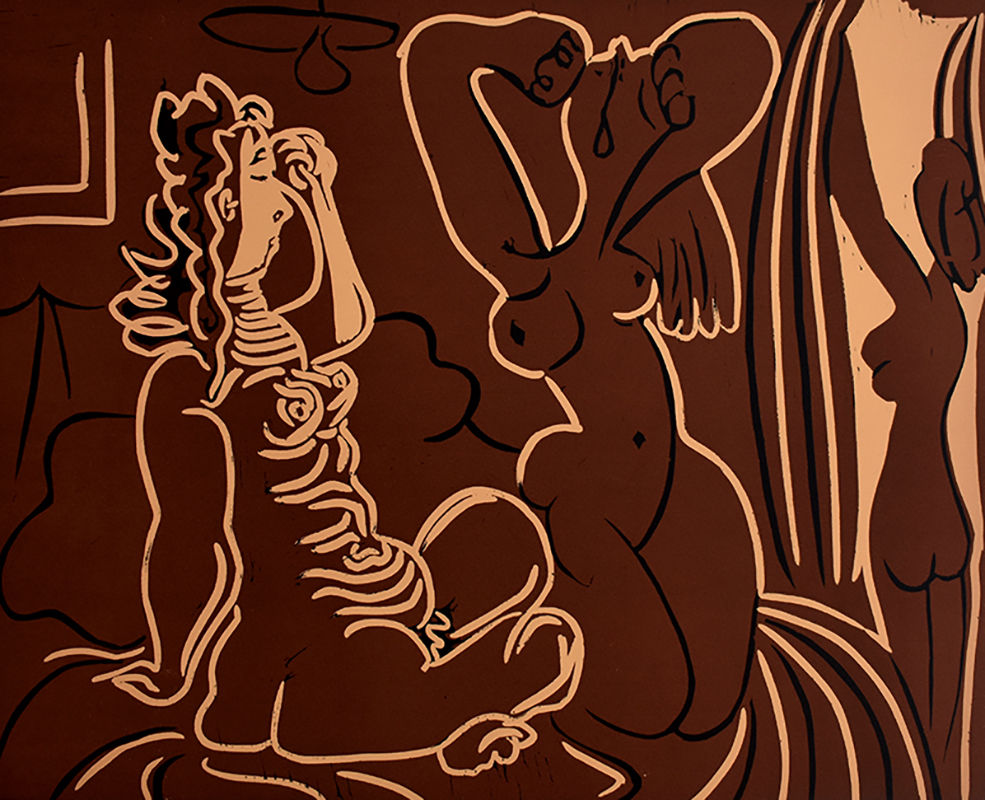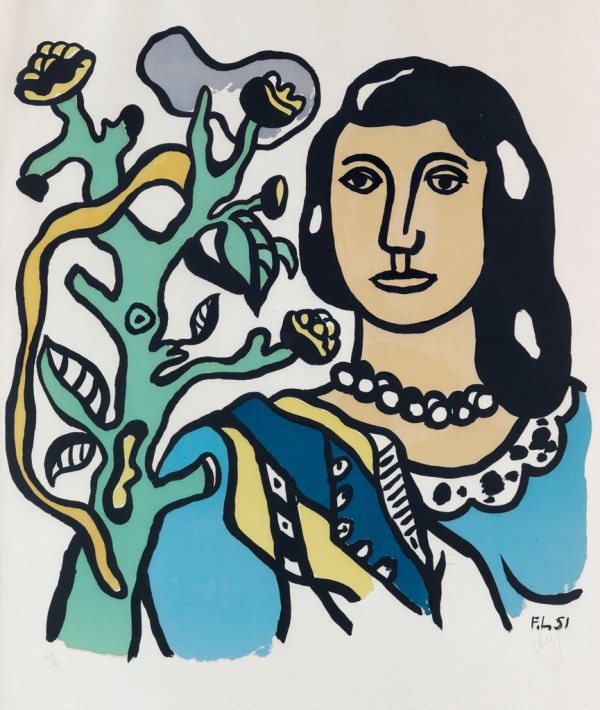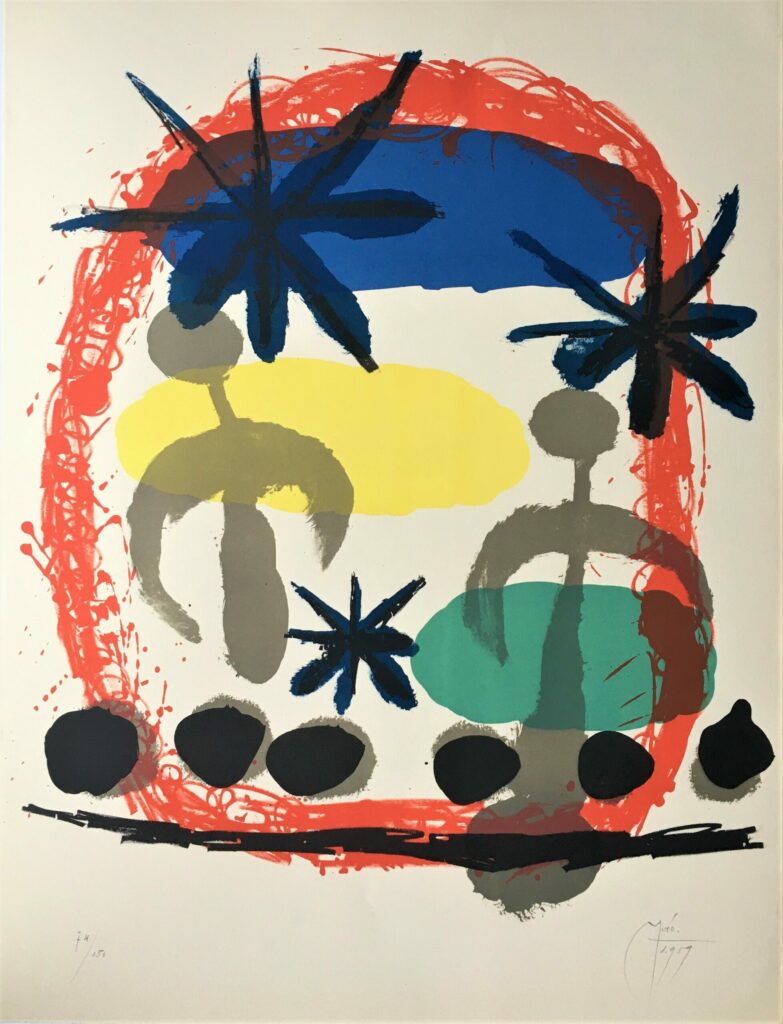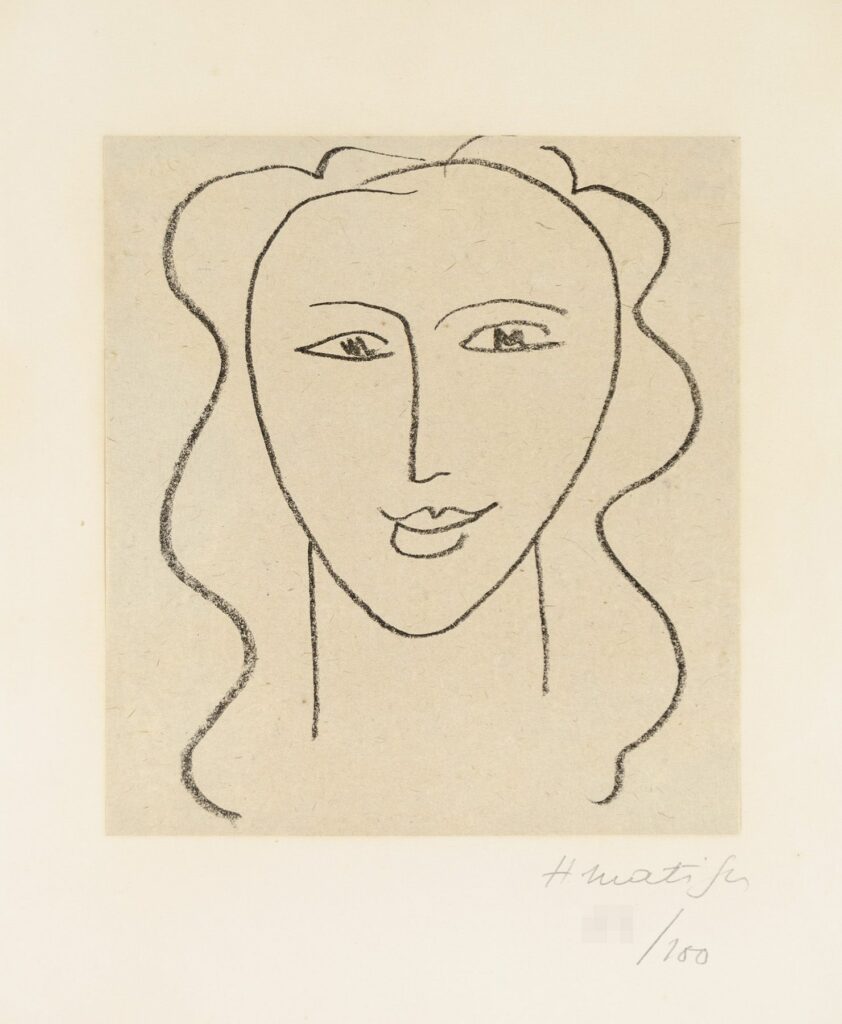Printmaking in France in the 1950s
Printmaking in France during the 1950s was a period of intense experimentation and innovation, as artists sought to break free from the constraints of traditional art forms and explore new techniques and styles. This was a time of great artistic ferment, as the country emerged from the devastation of World War II and underwent a period of social, political, and cultural upheaval.

One of the most important developments in French printmaking during the 1950s was the rise of abstract expressionism. This was a movement that emphasised the physical act of creating art and the spontaneous, gestural qualities of the brushstroke. Many printmakers during this time sought to capture this aesthetic in their work, creating prints that featured loose, organic shapes and bold, expressive lines. This was particularly true of lithography, which allowed for the creation of rich, textured surfaces that were ideal for exploring the expressive potential of abstraction.

At the same time, many artists were also exploring new printing techniques, such as screenprinting and etching. These techniques allowed for greater experimentation with colour and texture, and enabled artists to create prints that were more vibrant and dynamic than traditional woodcuts and engravings. This was particularly true of screenprinting, which allowed for the creation of prints that featured bold, bright colours and crisp, clean lines.
One of the most significant developments in French printmaking during the 1950s was the emergence of printmaking collectives and workshops. These groups, such as the Atelier 17 and the Atelier Mourlot, provided a space for artists to collaborate and experiment with new techniques, and played an important role in the development of modern printmaking. The Atelier 17, for example, was founded by the British printmaker Stanley William Hayter in Paris in 1927, and quickly became a hub for avant-garde printmakers from around the world. The Atelier Mourlot, on the other hand, was founded in 1852 as a lithographic print shop, but quickly evolved into a space for artists to experiment with new printing techniques and collaborate with master printers.

Many of the most important printmakers of the 1950s were associated with these collectives and workshops. One of the most famous was Pablo Picasso, who worked closely with the printers at the Atelier Mourlot to create some of his most famous lithographs, such as “Luncheon on the Grass” and “Le Chant des Morts”. Other notable artists who worked with the Atelier Mourlot included Joan Miró, Fernand Léger, and Henri Matisse.

The Atelier 17, meanwhile, was associated with a younger generation of artists, such as Jackson Pollock, Mark Rothko, and William Baziotes. These artists were drawn to the experimental ethos of the Atelier 17, which encouraged them to push the boundaries of traditional printmaking and explore new techniques and materials. The resulting prints were often highly abstract and expressive, and helped to define the aesthetic of abstract expressionism in the 1950s.
